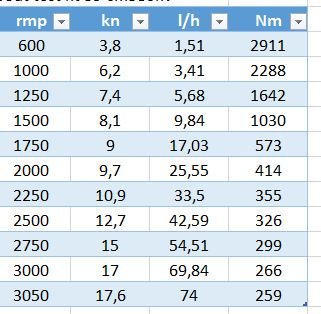nakiska
Member
Hi all you boaties.  ️
️ ️
️
I have a single screw 370 hp Cummins. I’m wondering if anybody knows where I can purchase a fuel flow meter, and what would be a good brand. Maybe somebody has one connected to the fuel line on the Cummings I would be interested to hear what they have to say.
Happy boating
Regards James, New Zealand
I have a single screw 370 hp Cummins. I’m wondering if anybody knows where I can purchase a fuel flow meter, and what would be a good brand. Maybe somebody has one connected to the fuel line on the Cummings I would be interested to hear what they have to say.
Happy boating
Regards James, New Zealand

